Having raced a Falcon for eight years, Barry Morgan needed a change. The answer was to build himself one hell of a ‘65 Mustang Fastback
Words: Shane Wishnowsky Photos: Rodd Dunn
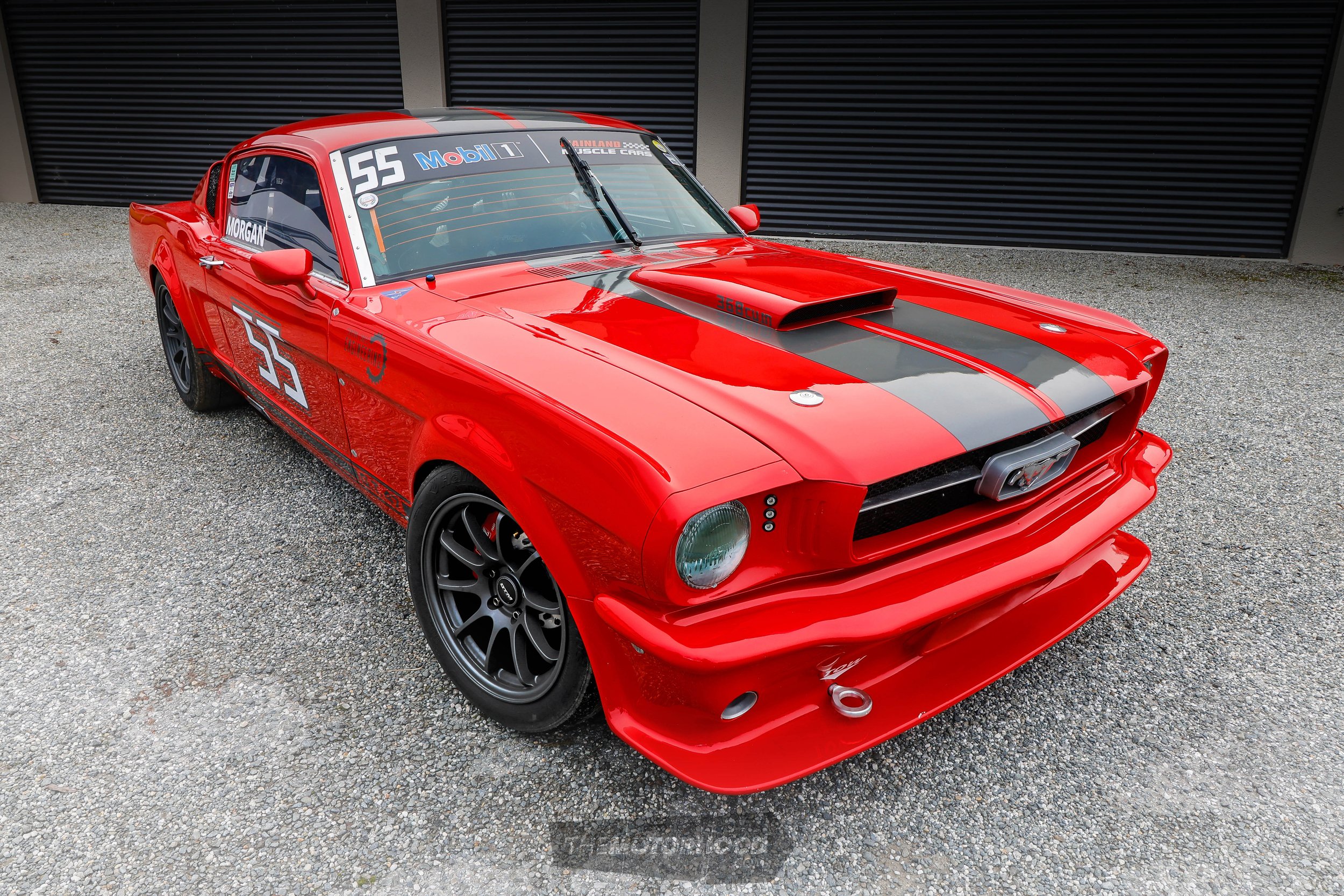
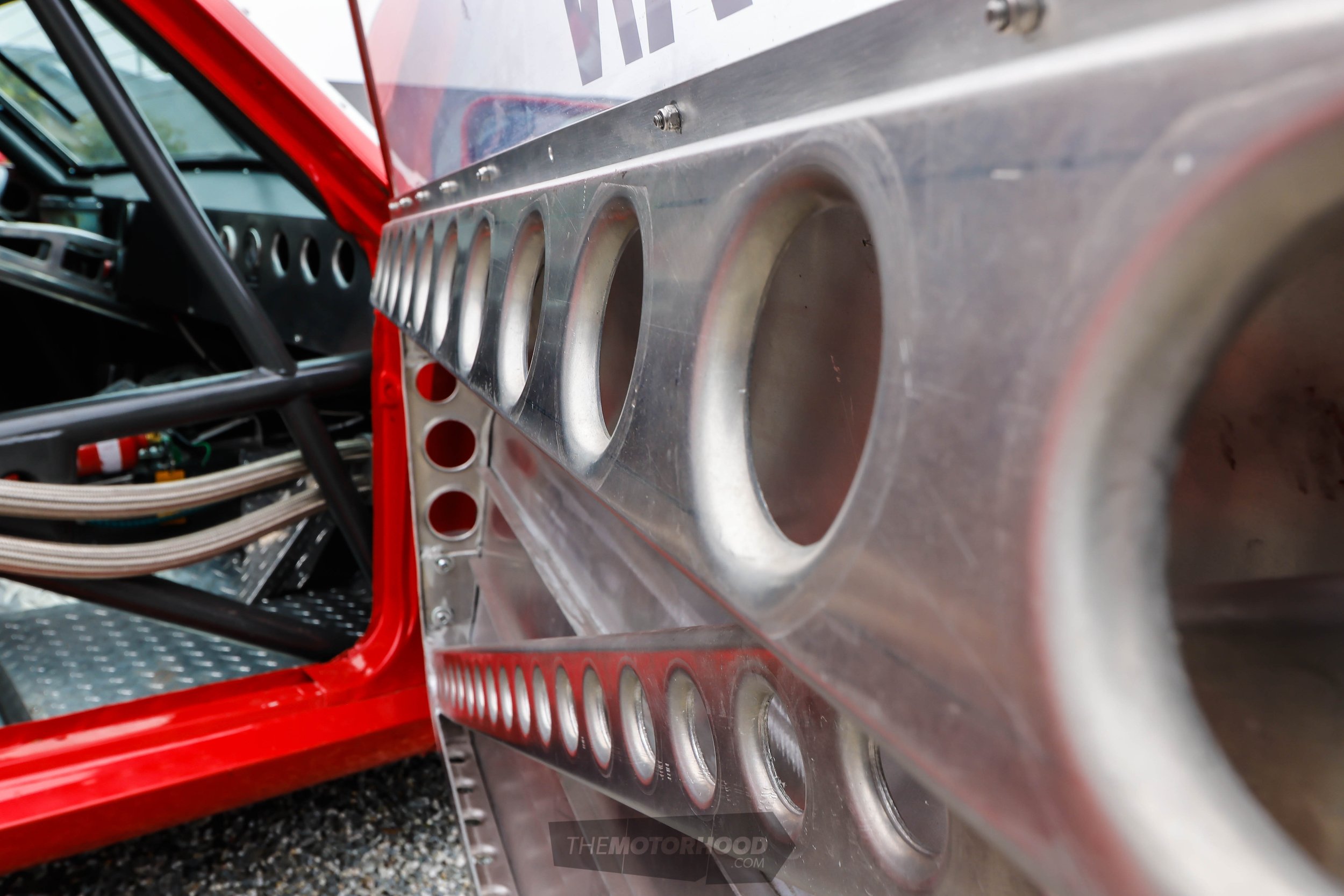
Barry Morgan has long been a fan of circuit racing, particularly the nostalgic stuff, and has been a regular campaigner of a pre-’65 Falcon for many seasons. Watching the big boys hurl their toys around circuits and seeing them grinning from ear to ear when drivers removed their helmets after battle was something Barry decided he needed a slice of, so the decision was made — he was going muscle car racing!
With the fields full of Camaros and Mustangs, Barry really wanted to pedal something a little bit different. Eventually, he stumbled across a ’70 Ford Maverick for sale in the States. It was set up for drag racing, had recently been completely refreshed, and had zero passes on it. This would be a perfect donor car — or so he thought. When it arrived, Barry and his son, Jason, quickly decided it would be a sin to tear it apart only for its body! The Maverick turned out to have a bit of history behind it.
It was originally built in 1978 and raced in the old B/SM class at the likes of the ’79 Winternationals in Pomona. It originally ran a Boss 302 and a four-speed during its early racing career. This combo has since been removed and replaced with a 351 Windsor stretched out to 408 cubes full of expensive and exotic stuff, including a set of early Roush Yates Trick Flow R heads and is backed by Mike’s Transmission Ultra-Glide with buttock-clenching 5000rpm stall converter. (The Maverick is currently for sale, so if you want a solid nine-second car to go and do wheel stands within the super sedan ranks, hit us up.) Resigned to the fact that the Maverick wasn’t going to happen, the search was now on for a plan B. That would be found hiding in the back of a shed in Temuka: a white 1965 Mustang notchback. Yes, a notchback — more about that later. This car had been imported but was missing the necessary paperwork to allow it to be registered on the road. It wasn’t his first choice, and, as it turns out, it wasn’t really his second choice either. Despite all of this, he bought it anyway.
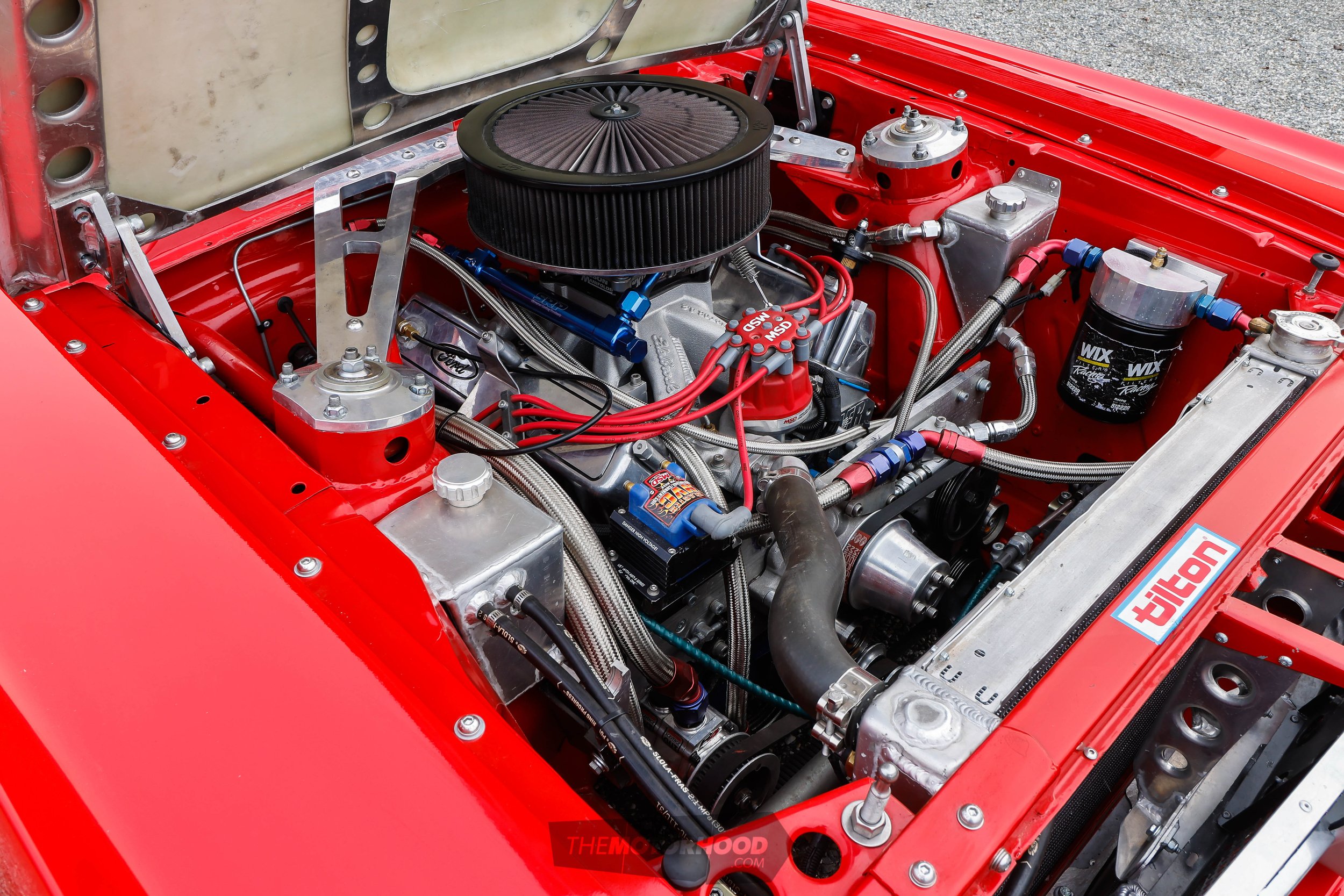
“My preference was a fastback, so after purchasing it I decided to cut the roof off,” explains Barry. Now, not everyone possesses the skills to behead a notchback and turn it into a fastback, but Barry isn’t just anyone. The retired self-employed engineer is no stranger to all things vehicular. He still owns his T-Bucket TNT, which he built in 1968, so lopping the head off a Mustang was right up his alley. A fastback roof section and a pair of rear flanks were purchased from the Mustang Centre in Christchurch. He quickly peeled away the bits he didn’t want and attached the bits he did. All the internal sections of the body frame were painstakingly fabricated from 1mm sheet metal. While he was at it he also hand built a set of doors and new trunk lid and hood from aluminium too. He also set about altering the front sheet metal, added some fender flares, filled in the front valance, and altered the grille area. He made a plug for the front splitter for good mate Andy Giles to make a mould from so fibreglass components could be made. Everything was then screwed, glued, and bolted together to make a one-piece removable front clip to assist in servicing the stallion at the track. A set of flares were also grafted onto the rear fenders to finish off the tough exterior look.
Barry didn’t stop here with the fabrication though, as you could imagine by now he was “in the zone” and it’s safe to say that there is probably more Barry Morgan stuff in and on the Mustang than there is Henry Ford stuff. Racecar life means three things–safety, handling and speed! Barry broke out the tube bender, twisted up some sections of tube into a fairly elaborate roll cage, and burnt them all together inside the shell, with electricity and sparks. 1965 suspension was never going to cut the mustard when he was howling into the left hander at the end of the front straight at Ruapuna. Bespoke front double wishbone suspension was crafted, XA Falcon spindles and Bilstein coil overs made their way out of Barry’s shed and onto the front end. Tunability is handled by another creation from Barry’s brain. The front end features a fully adjustable blade-style sway bar arrangement which can be tuned on the fly from inside the cabin, clever!
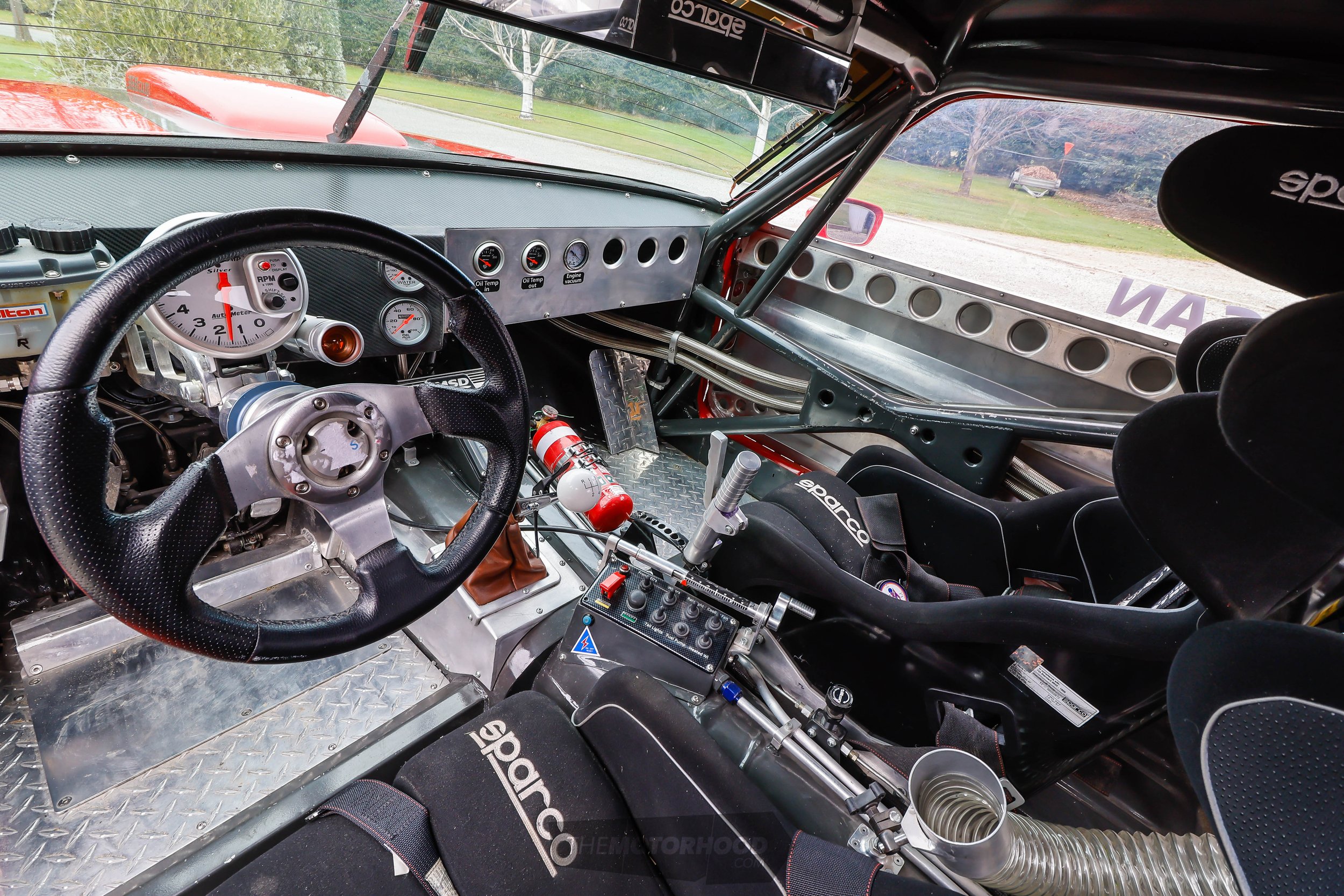


Completing the interior are a pair of race seats, and a myriad of hand-made items, steering column, alloy dash and centre console control panel all built by Barry. He also hand built a nine-inch diff housing and stuffed it with 3.89:1 gears sitting in an aluminium carrier.
Gun-drilled 31-spline Nascar axles also found their way into the rear of the car, all firmly attached via a custom Barry-built three-link, paired with QA1 shocks and springs to help iron out the bumps in the rear. Stopping duties are handled inside via a Wilwood pedal box, while on the outside six-pot calipers up front clamp 340mm rotors with slightly smaller, 312mm rotors and four-pot calipers used at the rear. All four stoppers are attached to more Barry stuff: owner-built aluminium hats — we did say there were bugger all Henry Ford bits left! Super sticky Hankook 275 wide semi slicks are in turn attached to these and provide more than enough front and rear-end grip.
Dart Championship Engine Components answered the call and shipped over one of their 8.200-inch 302 blocks for Murray Thomas from Wanaka to piece together.

The block has been bored 160 thou over and stuffed with an Eagle stroker rotating assembly consisting of Eagle crank, eight shiny Eagle rods, topped with a set of forged pistons. Air Flow Research Renegade CNC-ported 220 alloy heads along with titanium valves help make the small block Ford breathe. A Braswell carb bolted on top of a Victor JR intake completes the package, all of which is screwed together with ARP hardware to keep all the internals off the ground and inside the block where they should be. Bolted to the back of the screaming small block is a Nascar G-Force H-pattern four-speed dog box, Barry bought the dog box out of the USA, pulled it apart, and gave it a bit of a freshen up. He also used a Nascar-style small bell housing and reverse-drive starter motor, along with a 7¼-inch Tilton clutch set-up to help feed the power rearwards through a custom steel driveshaft. Oiling and fuel delivery duties are both handled by Barry wizardry.
He fabricated a trick alloy dry sump pan and an oil tank mounted in the boot to handle the lubrication. With the solid-mounted engine now sitting 100mm lower and further back in the engine bay to keep the centre of gravity as low as possible, Barry needed to pass the steering tie rod through a tube recess in the sump to make it all work. A 57-litre fuel tank resides in the trunk, and the 750hp fuel pump makes sure ample fuel is always on hand. Steel-braided lines are used extensively to feed liquids from the back to the front.
With the fabrication side of things all but finished the car went off to Nick and the boys at Wanaka Glass and Collision for final prep work and a nice coat of Ford True Red paint. Pukka Signs then added the sign work and stripes to finish off the look of the car. Now that the car is finished, it’s time to get some much needed seat time. The ’65 has only done one race season to date, and Barry is still in the process of setting up the car, and as he irons out the bugs and gently dials it in, the grin on his face gets a little bigger with every outing on the track.
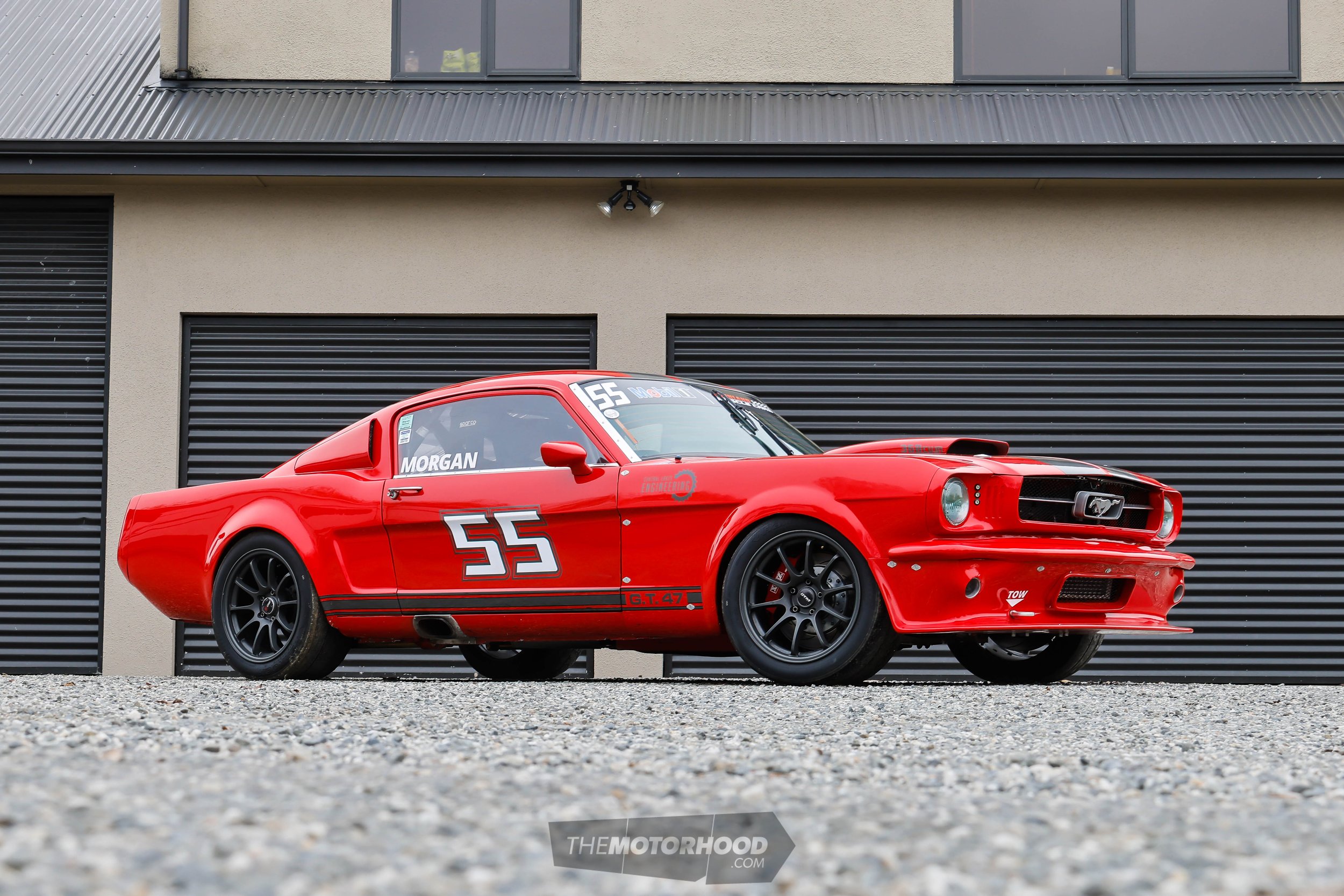
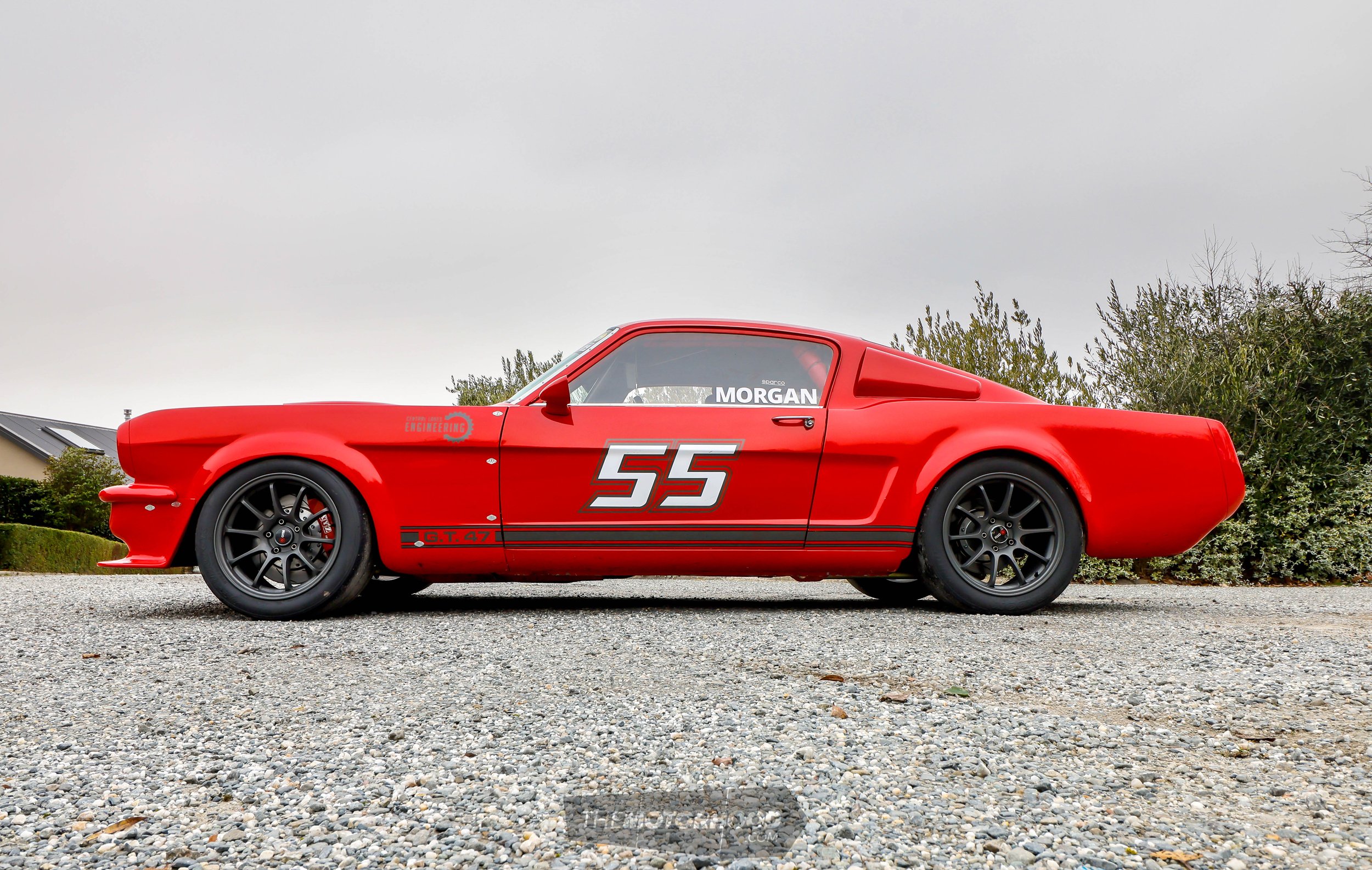
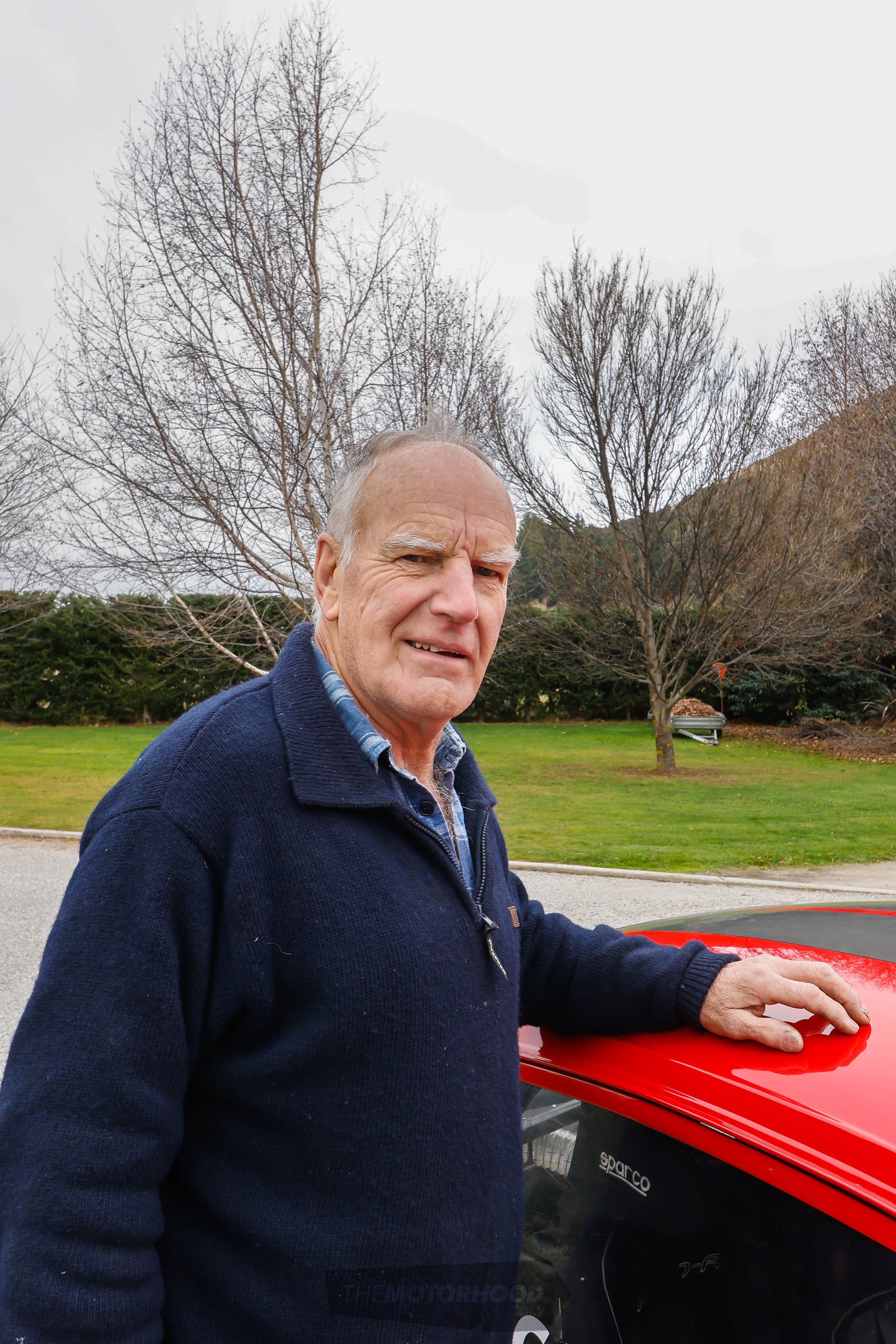
This article originally appeared in NZV8 issue No. 198




